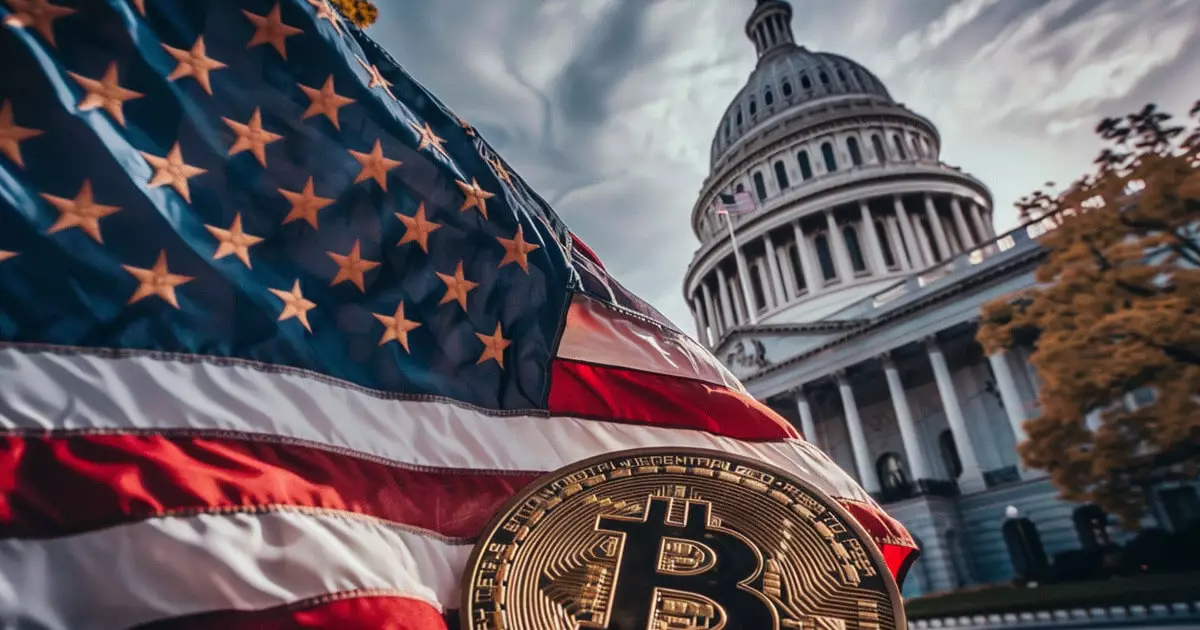As the world of finance undergoes significant transformations driven by technological advancements, the emergence of stablecoins has gained notable attention within regulatory circles. These digital currencies, pegged to stable assets, aim to bridge the gap between traditional finance and blockchain technology. In the U.S., Congresswoman Maxine Waters, a key figure in these discussions, is advocating for a comprehensive regulatory framework to oversee stablecoins by the end of 2024. Her call reflects the urgency to establish clear guidelines and protections for consumers, as Congressional deliberations intensify.
Congresswoman Waters, the leading Democrat on the House Financial Services Committee, expressed her commitment to reach a bipartisan agreement regarding stablecoins during a committee hearing. The collaboration between Waters and the committee’s Republican chair, Patrick McHenry, represents a rare instance of cross-party cooperation in a polarized political atmosphere. Their joint efforts, which began in 2022, have seen various proposals introduced and debated. Both lawmakers acknowledge that to navigate the complexities of stablecoin regulation, flexibility and concessions are essential.
Waters highlighted that their aspirations for a legislative outcome emphasize not only the need for firm regulations but also consumer protections. This suggests a growing recognition that without robust oversight, the risks associated with stablecoins could pose threats to the broader financial system. The committee did make strides in advancing a bill in 2023, although challenges arose due to concerns about granting state regulators unilateral approval over stablecoins, bypassing the Federal Reserve. Waters characterized this proposal as “deeply problematic,” underscoring the necessity for a unified national approach to stablecoin regulation.
Central to the discussions surrounding stablecoins is the pivotal role of the Federal Reserve. Waters has argued fervently for ensuring that stablecoins are backed by secure reserves, such as short-term Treasury bills, to maintain their stability. This sentiment aligns with global regulatory trends where central banks play an essential supervisory function in overseeing digital assets. The fear of instability stemming from poorly backed stablecoins cannot be understated, especially if they operate without proper oversight.
Meanwhile, Patrick McHenry has articulated optimism regarding potential progress in stablecoin legislation and broader regulatory clarity for the digital asset market. His advocacy for the FIT21 bill—a separate legislative effort aimed at establishing a concrete market structure for cryptocurrencies—indicates a recognition of the urgency for regulatory coherence in this evolving landscape. Such clarity would not only benefit stablecoins but also enhance investor confidence in a more extensive array of digital assets.
The SEC’s Role and Challenges
The conversation around stablecoin regulation coincided with heightened scrutiny of the U.S. Securities and Exchange Commission (SEC) and its approach to digital assets. During the congressional hearing, all five SEC commissioners provided testimony, illuminating the agency’s contentious “regulation by enforcement” strategy. Critics, particularly from the Republican side, challenged the SEC’s effectiveness in delivering clear regulatory guidance.
Commissioner Hester Peirce’s remarks resonated deeply with critics of the SEC’s vagueness. Her assertion that the agency possesses the necessary tools to clarify token classifications, yet chooses not to, reflects a prevailing sentiment in the crypto community that regulatory obfuscation hinders innovation. This lack of clear classifications often leads to market confusion, which could delay investments and the implementation of new technologies.
With the 2024 legislative deadline looming, the pressure mounts for Congress to forge through the complexities of digital asset regulation. The anticipated stablecoin framework, if conducted with an inclusive bipartisan spirit, holds the potential to set a precedent for subsequent regulatory measures in other areas of cryptocurrency. As legislators engage with industry representatives and regulatory bodies like the SEC, their collective focus must remain on establishing a balanced approach that nurtures innovation while safeguarding consumer interests.
The ongoing discussions surrounding stablecoins encapsulate a critical juncture for U.S. financial regulation. The blend of Democratic and Republican efforts highlights the bipartisan acknowledgment of the importance of establishing a clear regulatory landscape. Ultimately, the success of these legislative endeavors could define the future trajectory of both stablecoins and the wider digital asset ecosystem within the United States. By prioritizing collaboration, transparency, and consumer protection, Congress can set a powerful example for other jurisdictions navigating the complexities of digital finance.
















Leave a Reply